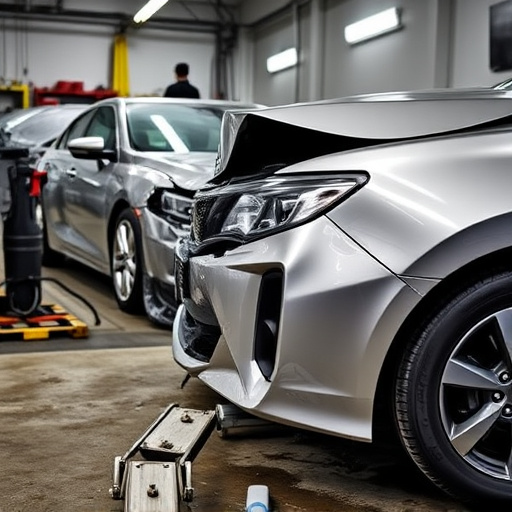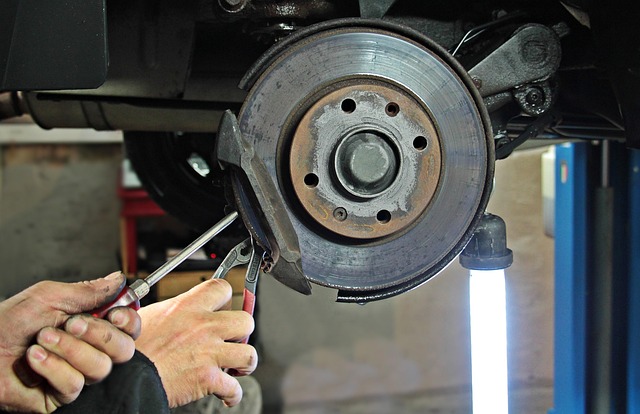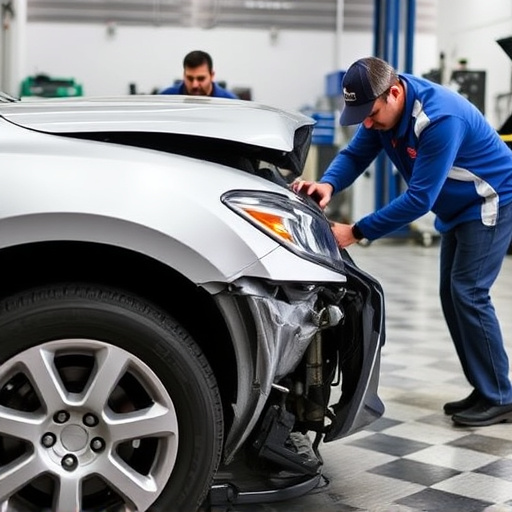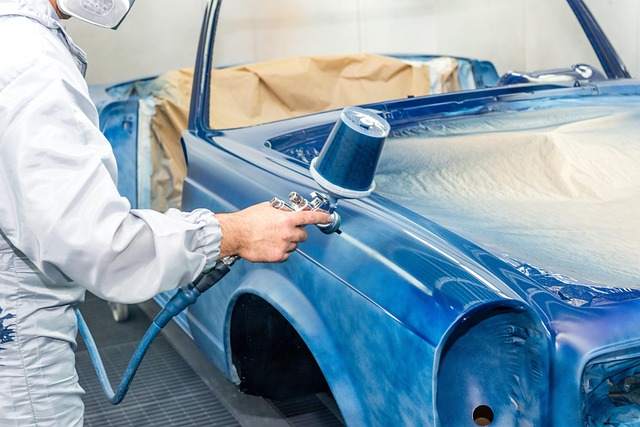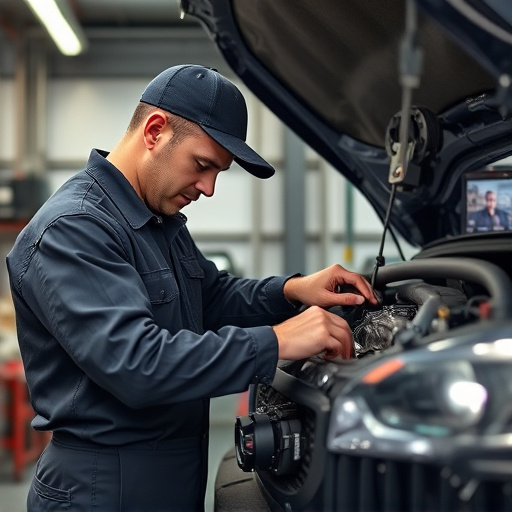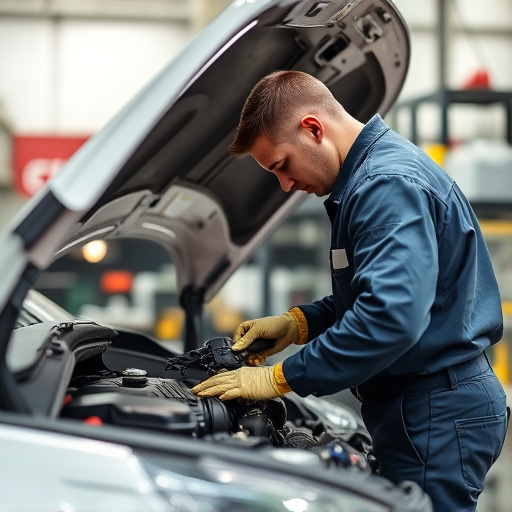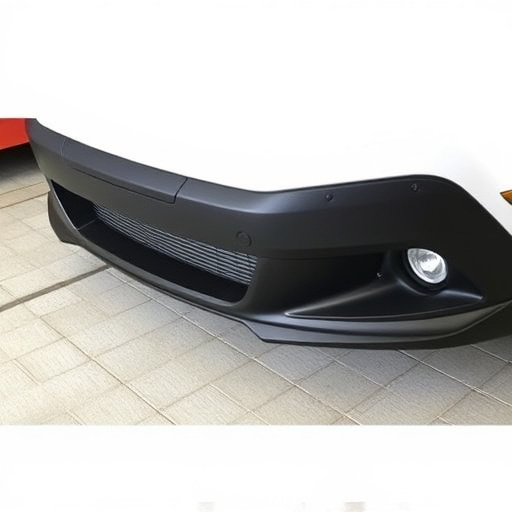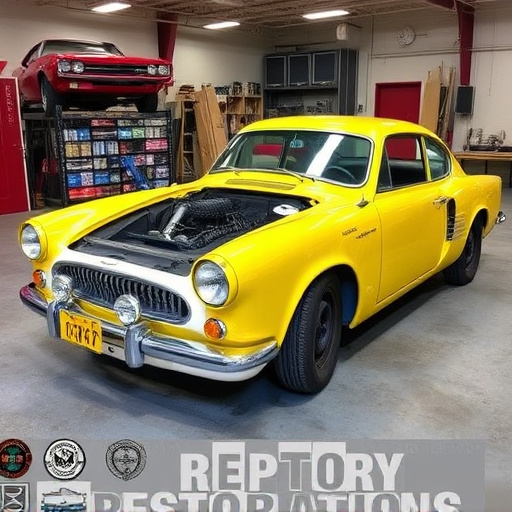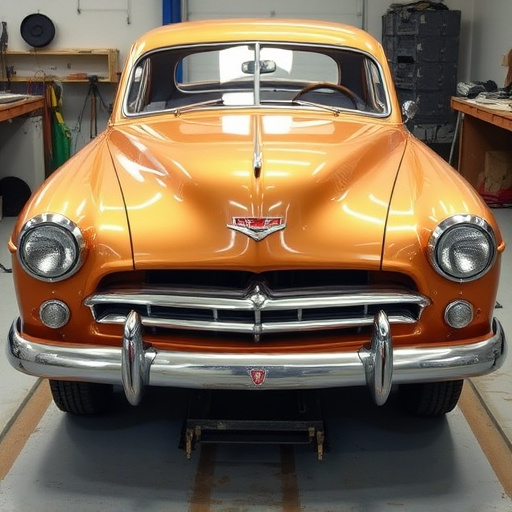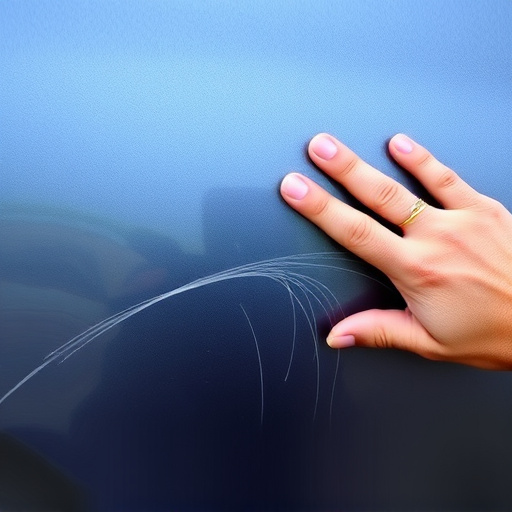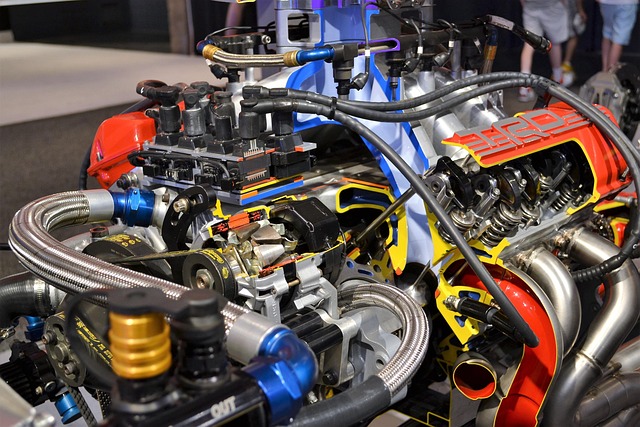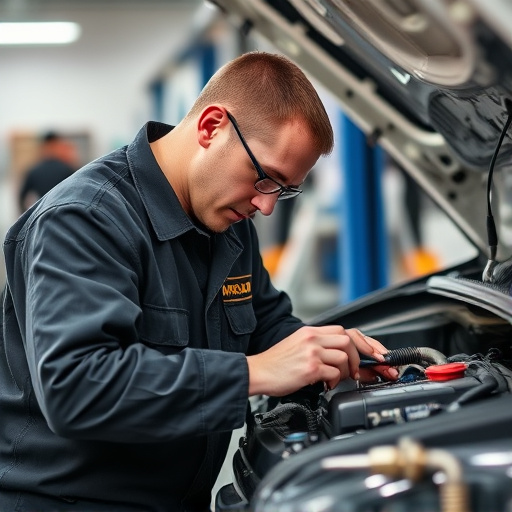The quality of auto body shop parts is vital for successful vehicle repair and maintaining resale value. Prioritizing high-quality OEM or certified parts builds trust and customer satisfaction. Avoid unusually low prices and lack of technician certification. Reputable shops disclose part sources, use advanced techniques for luxury repairs, and ensure precise fits for optimal aesthetics.
Are you a car owner concerned about the quality of replacement parts used in your vehicle’s auto body repairs? This guide is designed to empower you with the knowledge needed to identify low-quality auto body shop parts. By understanding industry standards and learning common red flags, you can ensure your vehicle receives top-tier components. Discover expert tips for evaluating the parts your auto body shop provides, enabling you to make informed decisions and protect your investment.
- Understanding Auto Body Parts Quality Standards
- Common Red Flags in Low-Quality Parts Identification
- Expert Tips for Evaluating Shop-Provided Components
Understanding Auto Body Parts Quality Standards
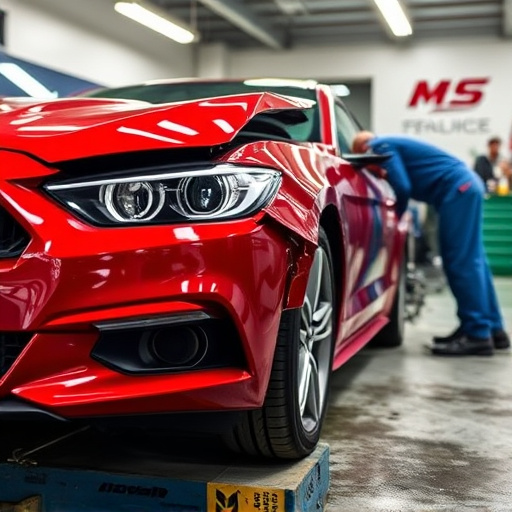
Auto body shop parts quality is a critical aspect that cannot be overlooked when undertaking vehicle body repair or scratch repair tasks. Understanding industry standards ensures customers receive top-tier components, ensuring their vehicles’ structural integrity and long-term performance. These standards dictate specific criteria for materials, manufacturing processes, and testing procedures to guarantee durability, safety, and compatibility with various makes and models.
For auto body shops offering fleet repair services, adhering to quality standards is paramount to building trust with clients. It ensures that replacement parts not only match the vehicle’s original specifications but also contribute to maintaining its overall value and reliability. By prioritizing high-quality auto body shop parts, businesses can demonstrate their commitment to excellence, fostering customer satisfaction and fostering long-term relationships in the competitive market of vehicle body repair.
Common Red Flags in Low-Quality Parts Identification
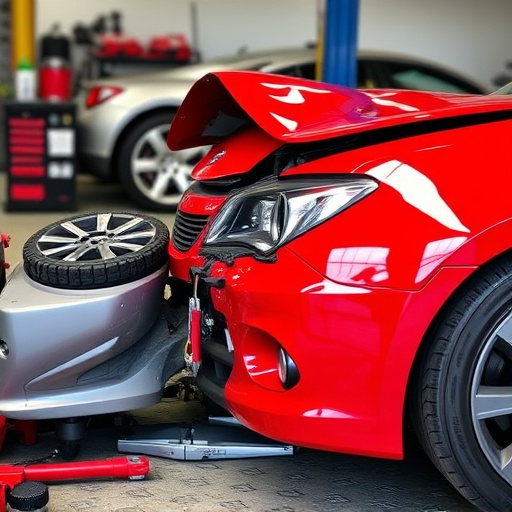
When it comes to auto body shop parts, several red flags can signal low quality. One of the most obvious signs is an unusually low price compared to other reputable shops. While cost-effectiveness is desirable, extremely discounted prices might indicate subpar materials or imitation parts. Another cautionary sign is a lack of certification or specialized training for the technicians handling your vehicle. Reputable auto body shops should prioritize using original equipment manufacturer (OEM) parts or certified alternatives, ensuring compatibility and longevity.
Additionally, keep an eye out for vague or evasive answers regarding the source of replacement parts. Honest mechanics will be transparent about where they procure their auto body shop parts, whether from local suppliers, national distributors, or direct from the manufacturer. In cases like Mercedes Benz collision repair or frame straightening, specific attention should be paid to the use of genuine Mercedes-Benz parts, as these are designed with the vehicle’s precise specifications in mind, ensuring a seamless repair for models like the S-Class or E-Class.
Expert Tips for Evaluating Shop-Provided Components
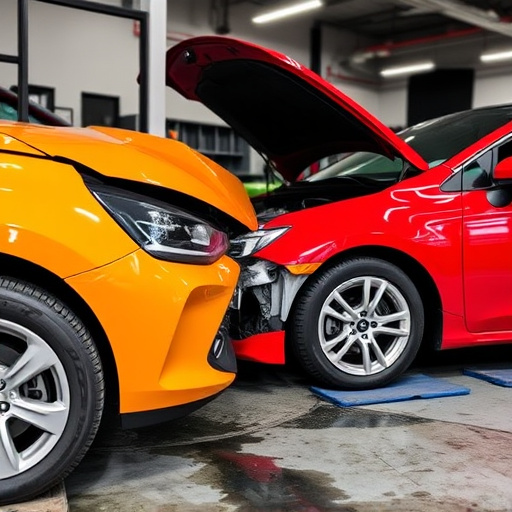
When evaluating auto body shop parts, especially those offered by your service provider for luxury vehicle repair or dent repair, pay close attention to several expert tips. Firstly, assess the quality and fit of the components. Low-quality parts may not align perfectly with your vehicle’s existing structure, leading to unsightly gaps or misalignments. Ensure that all parts, from panels to trim, are expertly fitted without visible errors.
Secondly, consider the reputation of the shop and its experience in handling high-end vehicles. Shops specializing in luxury vehicle repair often have access to premium-quality parts and employ technicians trained in meticulous paintless dent repair techniques. This expertise can be a telltale sign of superior components used throughout the repair process, ensuring your vehicle retains its original finish and aesthetic appeal.
When selecting auto body shop parts, it’s crucial to stay informed about industry standards and red flags. By understanding quality benchmarks and employing expert evaluation techniques, you can ensure that your repair shop provides top-tier components. This not only guarantees the safety and durability of repairs but also helps maintain the value of your vehicle in the long run. Spotting low-quality parts is essential for savvy consumers aiming to protect their investments.

